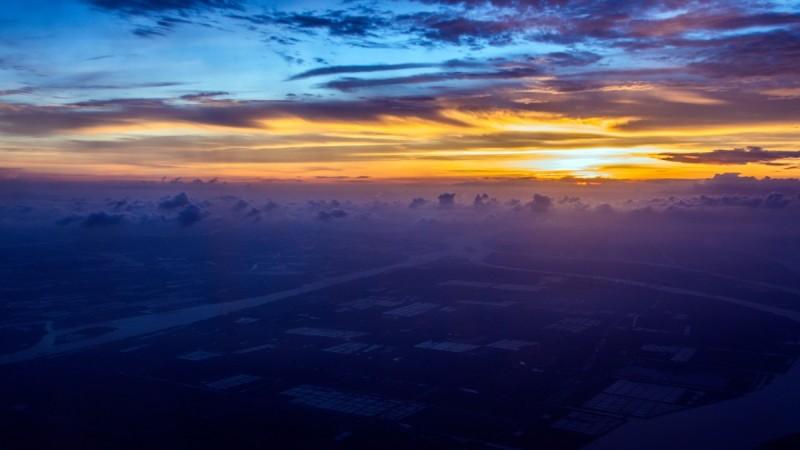
Just a month after NASA announced the first direct proof of ozone hole recovery, a new study said that there's still reason for us to be worried about the phenomenon. While some experts believe that the global ozone layer will completely recover by the middle of the century, the latest discovery claimed that the layer continues to thin.
In their troubling discovery, the researchers from ETH Zurich and the Physikalisch-Meteorologisches Observatorium Davos said that despite the international ban on chlorine-containing human-produce chemicals called chlorofluorocarbons (CFCs), the concentration of ozone in the lower part of stratosphere -- where the ozone layer is at its densest -- continues to decline at latitudes between 60° S and 60° N.
"Thanks to the Montreal Protocol, ozone in the upper stratosphere -- i.e. above 30 km -- has increased significantly since 1998, and the stratosphere is also recovering above the Polar Regions," William Ball, an atmospheric researcher at ETH Zurich and the first author of the study, said in a statement.
Despite these increases, the latest measurements revealed that the total ozone column in the Earth's atmosphere had remained constant. The researchers, therefore, determined that ozone levels in the lower part of the stratosphere (between 15 kilometers and 24 kilometers) must have declined.
According to researchers, this negative trend had not been demonstrated in more recent measurements because the anthropogenic ozone, formed in the troposphere by human activities, "partially masks the stratospheric decline in the satellite measurements."
Although the researchers are still unclear about the reasons for the continuing decline, they have two possible explanations. First, climate change has apparently been moving air from the tropics faster and further in the polar direction, resulting in less ozone formation. Second, more ozone-depleting substances containing chlorine and bromine are probably entering the lower atmosphere.
The researchers, meanwhile, said that they were yet to assess the consequences the continuing lower stratospheric ozone depletion might have on humans and the ecosystem. They also said that their findings are concerning but not alarming.
"The decline now observed is far less pronounced than before the Montreal Protocol," Thomas Peter, ETH Professor of Atmospheric Chemistry and co-author of the study, said in the statement. "The impact of the Protocol is undisputed, as evidenced by the trend reversal in the upper stratosphere and at the poles. But we have to keep an eye on the ozone layer and its function as a UV filter in the heavily populated mid-latitudes and tropics."
The study was published in the journal Atmospheric Chemistry and Physics on Tuesday.

















